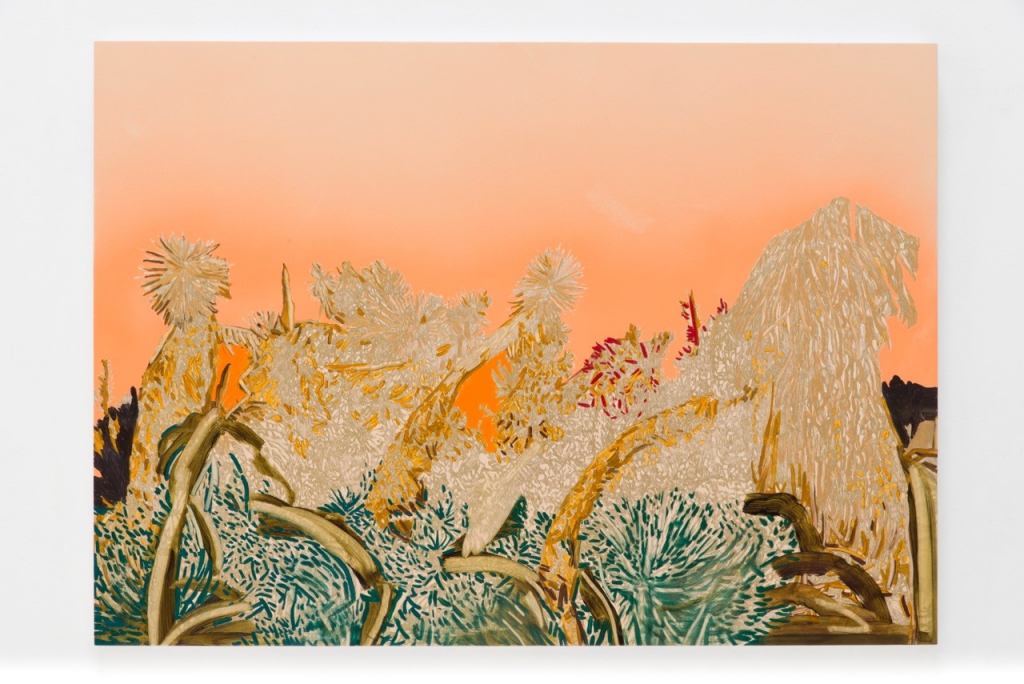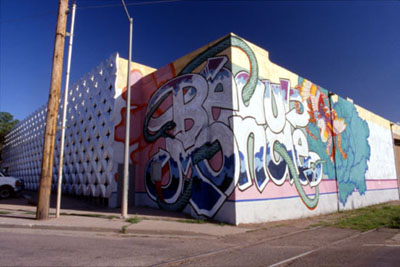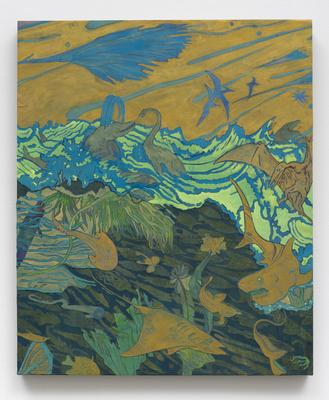‘What is it with dudes and trees?’ I wonder for a second as I’m about to put this up on-line—thinking more about Shakespeare’s pastoral romantic comedy than the cool oasis of a summer group show René-Julien Praz has curated at Praz-Delavallade’s L.A. premises. (Though...

Refuge from the Inferno: L.A.’s Best Summer Group Shows
read more


